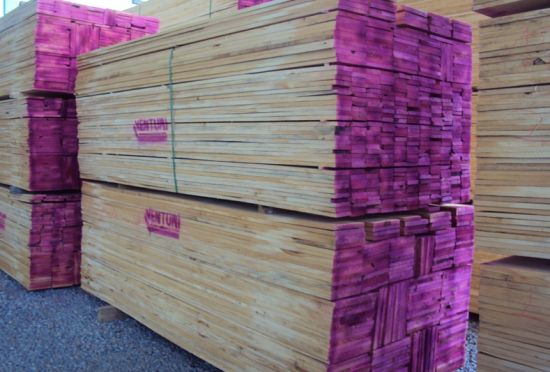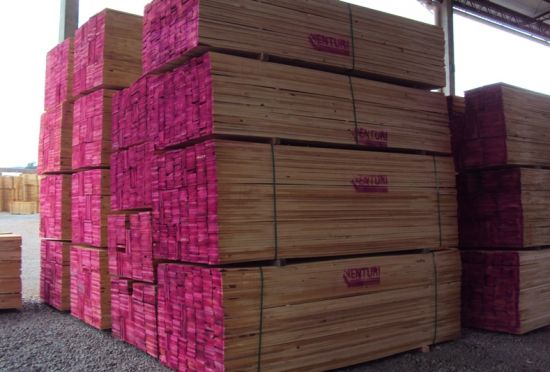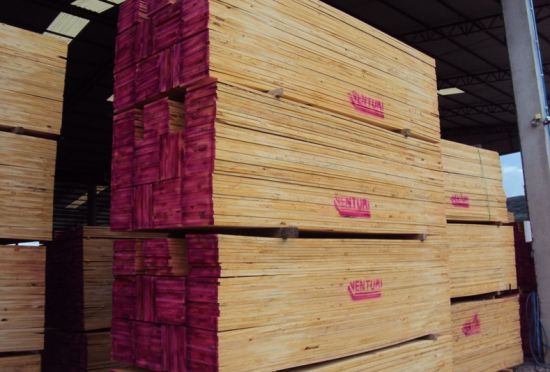Pinus



In Brazil, pine trees have been planted for more than a century and were initially introduced for ornamental purposes. Only since 1950 have they been planted on a commercial scale for timber production. Their main use is as a source of raw material for the sawn and laminated wood, sheet metal, resin, pulp and paper industries.
Species of Pinus are planted worldwide, and are valued by the following characteristics: Light-colored wood, ranging from white to yellowish; Long fiber wood, suitable for high strength paper making for packaging, press paper and other paper; Possibility of resin extraction, commercial scale, in some species; Rusticity and tolerance, making it possible to plant marginal soils for agriculture and thus to add value to the land with the additional production of wood, formation of protective cover of the soil and reconstitution of an environment conducive to the spontaneous recovery of native vegetation in degraded environments; Ornamental value for afforestation and landscaping; Wood of good resistance, low weight and affordable price; It is used in civil construction for assembly of crating and alignment.
The establishment and management of forests planted with pine trees has made it possible to supply wood that was previously supplied by the Brazilian pine tree. Thus, this practice has established itself as an important ally of native forest ecosystems, since it has been supplying an increasing share of the current need for wood.
To ensure the quality and durability of marketed products, we also provide autoclaved pinus alignment woods with a 15 year warranty.